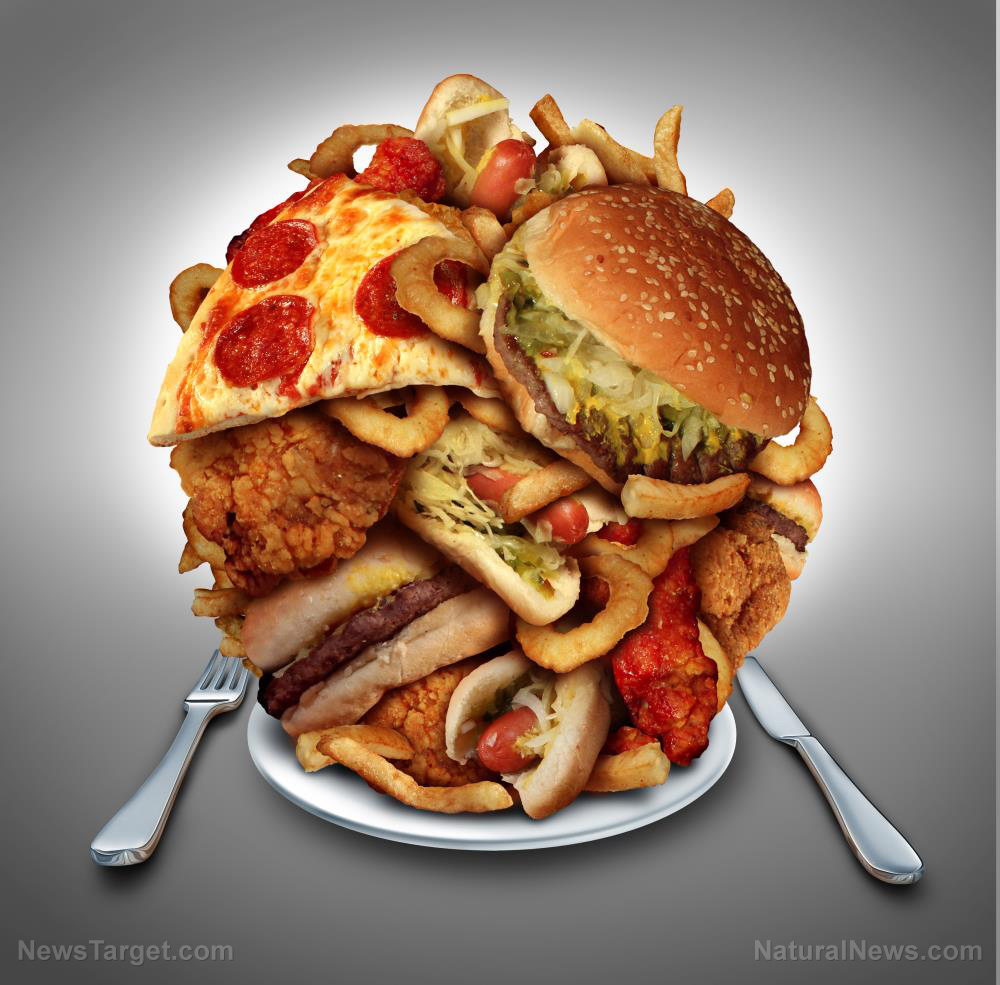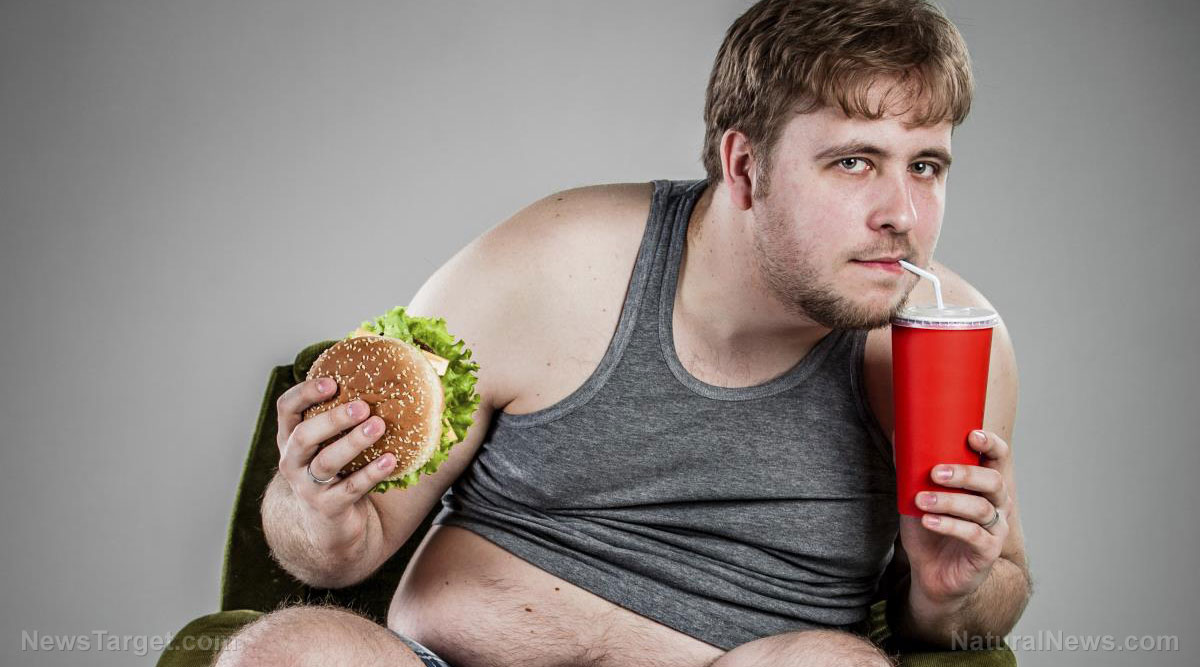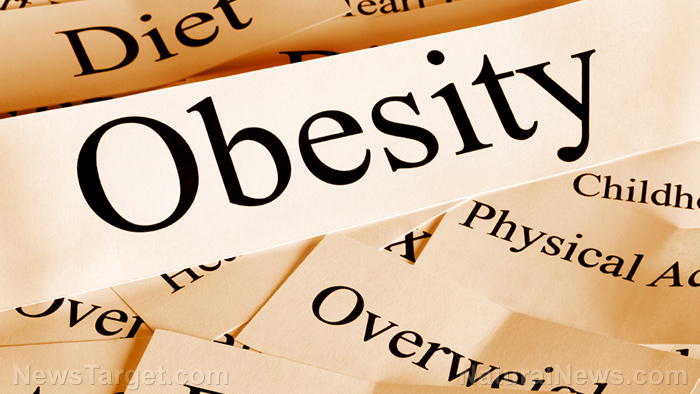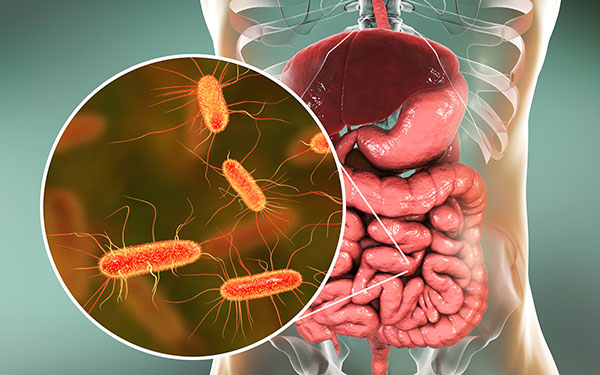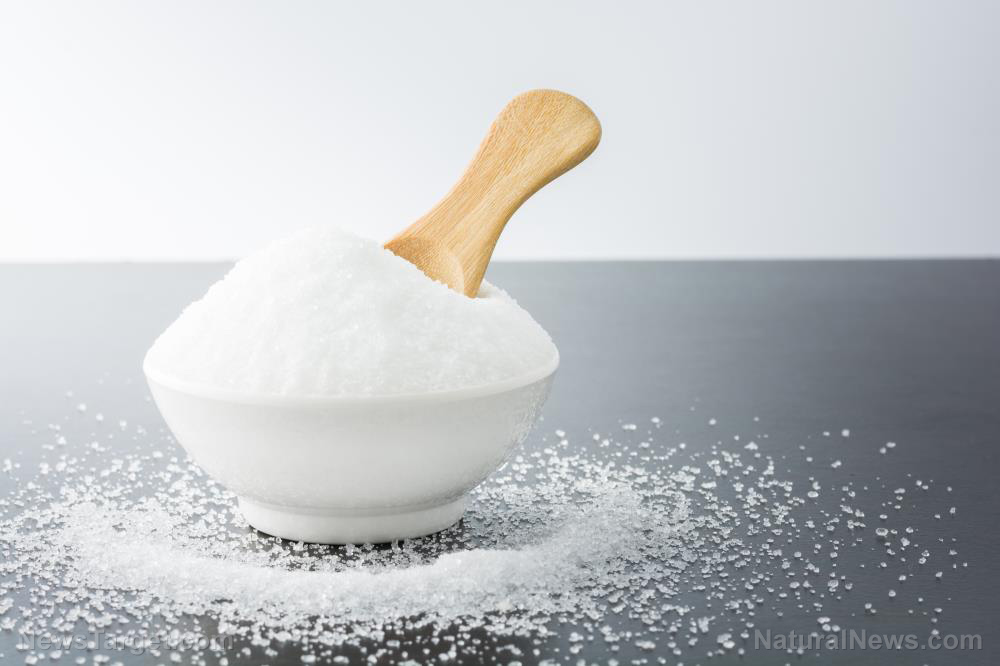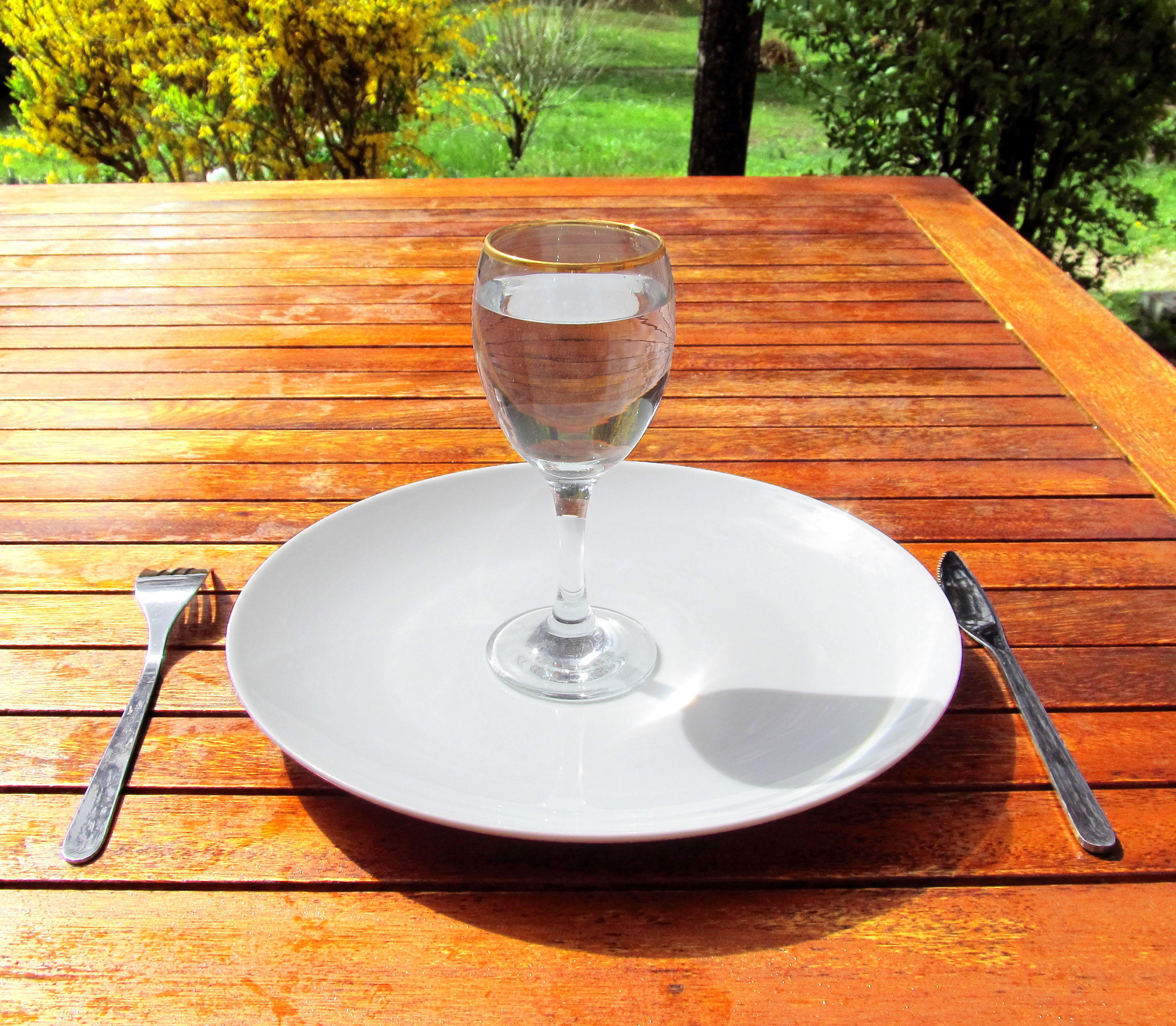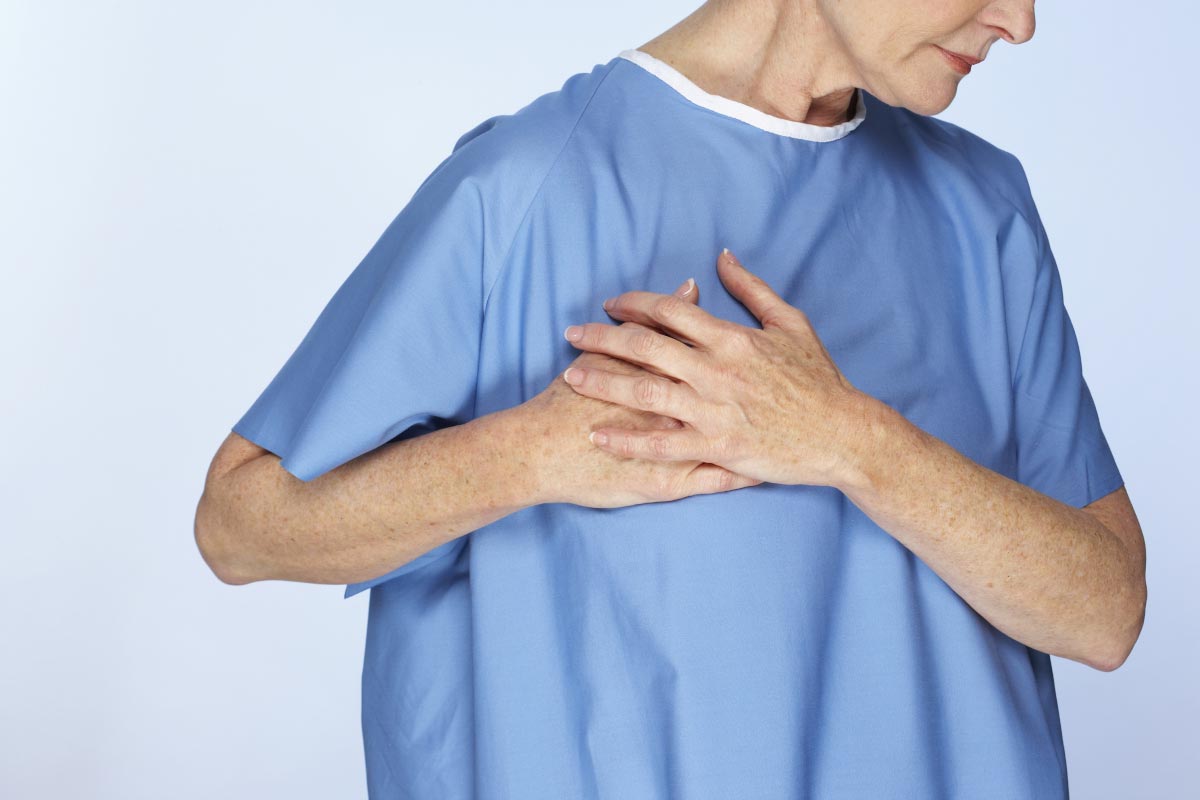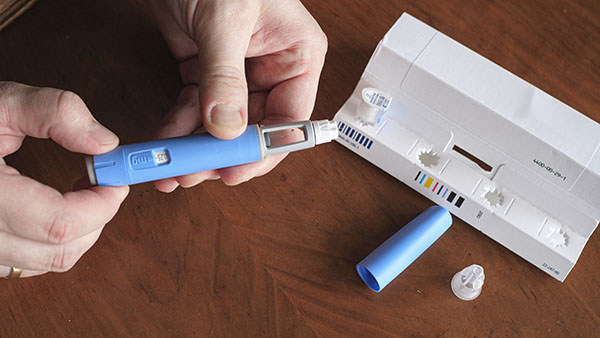Post-meal movement: A natural pep talk for blood sugar management
07/25/2025 / By Willow Tohi

- Light activity within an hour of eating reduces blood sugar spikes.
- A 10-minute post-meal walk or task helps muscles utilize glucose efficiently.
- Research shows cycling 45 minutes post-meal lowered blood sugar by 0.44 mmol/L.
- Even short post-meal movements like standing increase calorie burn and fat metabolism.
- Experts advise integrating simple exercise to manage prediabetes and improve metabolic health.
Colleges worldwide are abuzz with a simple yet revolutionary strategy to combat rising blood sugar levels: moving your body after every meal. A recent biochemist’s tip, backed by randomized trials and historical shifts in preventive medicine, emphasizes that even minimal physical engagement—such as a 10-minute walk or house chore—can stabilize glucose levels and mitigate metabolic risks. This advice is especially relevant for sedentary individuals and those at risk of prediabetes, offering a practical solution amid escalating health challenges tied to modern lifestyle habits.
The science of movement: Why your muscles matter post-meal
Biochemist Dr. Jessie Inchauspe, author and podcast contributor, explains that muscle contractions act as a natural glucose sink. “When muscles contract, they pull energy directly from bloodstream glucose,” she says. This process, outlined in a May 2025 mindbodygreen interview, highlights how even low-intensity postprandial activity (e.g., walking, dancing, or household tasks) can prevent post-meal glucose spikes.
The mechanism is simple: food digestion releases glucose into the blood, and active muscles absorb this fuel, reducing insulin burden. A 2024 Ask the Doctors analysis further corroborates this, noting that post-meal activity increases insulin sensitivity, aiding glucose uptake by muscles and cells. Consequently, blood sugar spikes subside, lowering risks of cardiovascular strain and type 2 diabetes progression.
Timing and simplicity key to success
A landmark 2023 randomized trial in the Journal of Clinical Nutrition revealed optimal timing for post-meal movement. Participants who waited 45 minutes to start light cycling reduced peak glucose levels by 0.44 mmol/L—a clinically significant drop—compared to sedentary individuals. Conversely, starting activity too soon (e.g., 15 minutes post-meal) negligibly affected outcomes, underscoring the need for a brief post-ingestion downtime.
Historical context sheds light on this shift: past dietary advice focused solely on food choices, while modern science now integrates behavioral nudges. “The 1980s focused on ‘fat-free’ diets, but today’s research recognizes that when and how we move matters as much as what we eat,” says Dr. James White, epidemiologist at the University of Sydney.
Moving beyond the gym: Simple habits with big returns
While the Mayo Clinic’s 15-minute post-meal walk halved sugar spikes in one study, Dr. Levine’s 2022 research at Stanford expanded on flexibility. “Even standing at your desk boosts calorie burn by 10%, while micro-movements—stretching, walking the dog—add up to 1,000 calories burned weekly,” he notes. For desk-bound professionals, this translates to actionable benefits without drastic lifestyle overhauls.
Practical applications abound:
- Prioritize light activity between 30 to 60 minutes post-meal.
- Replace 30 minutes of screen time with yard work or pet walks.
- Engage in tasks like meal cleanup or social strolls to “earn” your digestion.
The scalability of these interventions appeals to busy populations. “This approach is equitable—it doesn’t require gym memberships or special equipment,” Inchauspe emphasizes. “Just movement, any movement.”
A call for cultural shifts in wellness
As diabetes statistics soar—global diagnoses are projected to hit 783 million by 2045—the urgency for accessible preventive measures has never been higher. Post-meal movement addresses not only metabolic health but also mental health, social engagement and longevity.
Dr. White echoes this sentiment: “This isn’t just about blood sugar; it’s a microcosm of how small, habitual changes can uproot chronic disease.” For individuals and policymakers alike, championing post-meal activity could redefine public health strategies, transforming silent blood sugar threats into opportunities for widespread empowerment.
Sources for this article include:
Submit a correction >>
Tagged Under:
blood sugar, breakthrough, digestion, fitness, glucose, gut health, natural health, prevent diabetes, remedies, research
This article may contain statements that reflect the opinion of the author
RECENT NEWS & ARTICLES
COPYRIGHT © 2017 FIGHTOBESITY.NEWS
All content posted on this site is protected under Free Speech. FightObesity.news is not responsible for content written by contributing authors. The information on this site is provided for educational and entertainment purposes only. It is not intended as a substitute for professional advice of any kind. FightObesity.news assumes no responsibility for the use or misuse of this material. All trademarks, registered trademarks and service marks mentioned on this site are the property of their respective owners.



